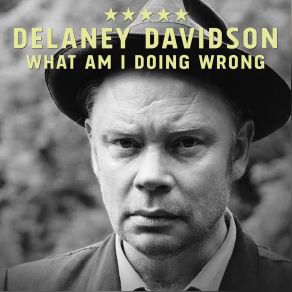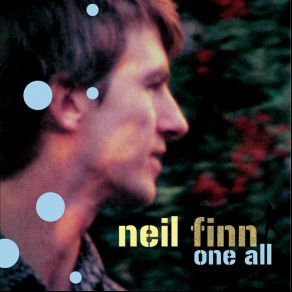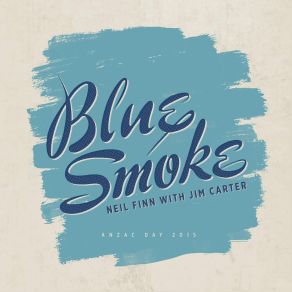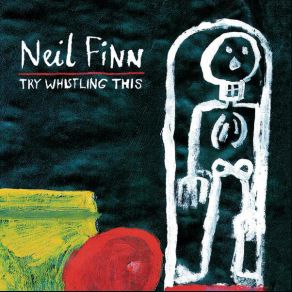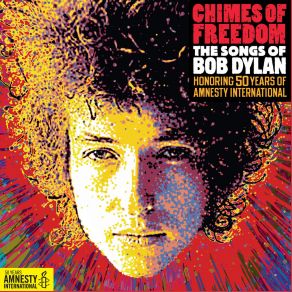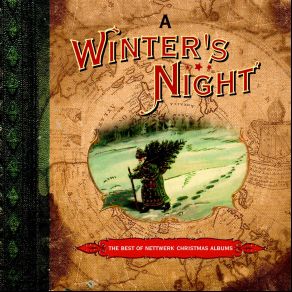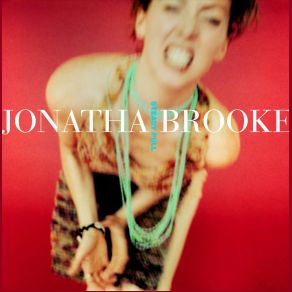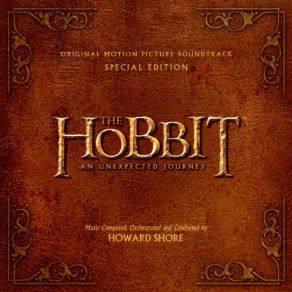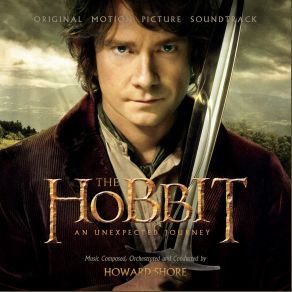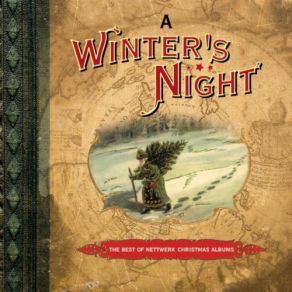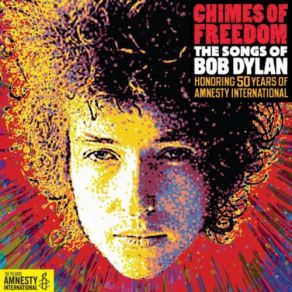Neil Finn
Wikimp3 information about the music of Neil Finn. On our website we have 15 albums and 19 collections of artist Neil Finn. You can find useful information and download songs of this artist. We also know that Neil Finn represents Rock genres.
Biography
[Edit]Neil Finn has consistently proven his knack for crafting high-quality songs that combine irresistible melodies with meticulous lyrical detail, from his beginnings as the precocious junior member of Split Enz, through his leadership of Crowded House, and, finally, in his distinguished solo career. He has also earned considerable international commercial success, respect from his peers, praise from critics, and a devoted fan base that hangs on his every release.
Born Neil Mullane Finn, on May 27, 1958, in Te Awamutu, New Zealand, Finn cut his musical teeth as a child by performing for family friends, harmonizing with elder brother Tim. Neil took to piano early on, learning his favorite Beatles tunes and eventually writing his own songs, the first of which was putting music to a poem enclosed in a Donovan album. In the early '70s, Finn intently studied emerging singer/songwriters like Elton John, Neil Young, David Bowie, and Cat Stevens, while watching his brother Tim's band, Split Enz, become a force in the Australian music scene. Neil secured a few supporting slots for the Enz as a solo act, mixing his own originals with some well-chosen covers, accompanying himself on piano, guitar, and mandolin. By 1976, he'd formed his own combo, the After Hours, with lyricist/drummer Mark Hough and guitarist Geoff Chunn. Hough departed shortly thereafter, and Alan Brown was recruited for bass duties. The group showed a great deal of promise, but came to a relatively quick end when Phil Judd left Split Enz and brother Tim offered the slot to Neil. Just before his 19th birthday, even though he'd never played electric guitar before, Neil joined Split Enz as lead guitarist.
Neil stayed in the background for the first two albums of his membership — 1977's Dizrhythmia and 1978's Frenzy — but emerged with the infectious "I Got You" for True Colours. The single was an immediate hit, saving the band from obscurity and, most likely, from an imminent breakup. Split Enz enjoyed moderate international success for the next several years until disbanding in 1985. Neil formed an early version of Crowded House the same year, under a variety of names like the Mullanes and the Largest Living Things, with drummer Paul Hester and bassist Nick Seymour (another guitarist, Craig Hooper, was also in the earliest incarnation of the band). Over the next ten years, the combo eclipsed the success of Split Enz, finding both critical acclaim and massive commercial success internationally, including a number two single in the U.S., "Don't Dream It's Over." In 1996, at the height of their success, following a Finn Brothers side project, Neil decided to dissolve the band in favor of a solo career.
He spent most of 1997 writing music and painting in his New Zealand home studio. In 1998, he released his first solo album, the critically acclaimed Try Whistling This. That same year, he contributed a cover of "I Can See Clearly Now" to the animated feature Antz and, in mid-1999, he released the charity single, "Can You Hear Us?," a tribute to New Zealand's rugby team the All Blacks. He rounded out 1999 by mining the Crowded House vaults for a rarities release, Afterglow, and by participating in a Split Enz reunion/millennium concert in New Zealand. Finn wrapped up work on his second solo album in 2000. One Nil was released in March 2001. A live album, 7 Worlds Collide, was issued in February 2002 and a reworked version of One Nil (titled One All) was issued in the U.S. in May 2002. A second Finn Brothers album followed in 2004. Finn reactivated Crowded House, releasing Time on Earth in 2007 and Intriguer in 2010. He returned in 2014 with his third proper solo album, the Dave Fridmann-co-produced, Dizzy Heights.
Title: What Am I Doing Wrong (feat. Neil Finn) - Single
Artist: Neil Finn, Delaney Davidson
Genre: Indie Pop, Indie Rock, Alternative
Title: Goin' Your Way
Artist: Neil Finn, Paul Kelly
Genre: Rock, World Music, Pop, Alternative, Songwriter/Lyricist, Contemporary Folk
Collections
Title: A Winter’s Night, Vol. 2 / A Winter's Night, Vol. 2
Genre:
Title: The Ship Song Project - Single
Genre: Pop
Title: Crucible - The Songs of Hunters & Collectors
Genre: Rock
Title: Simply Being Loved (A Valentine Compilation)
Genre: Pop, Alternative
Title: The Songs Of Bob Dylan - CD3 By BSBT RG
Genre: Rock
Title: Grammy Nominees 1998
Title: My Songs 40 Feel Good Anthems
Genre: Rock, Alternative Rock, Pop Rock, Acoustic
Title: Easy Fever (Disc 1)
Genre: Electronica, Rock, Club/Dance, Pop, Pop Rock, Dance Pop
Title: Erin Brockovich
Genre: Theatre/Soundtrack
Title: Easy Fever (CD1)
Genre: Electronica, Trance, Techno, Rock
Title: The # 1 Dad 3CD (CD3)
Genre: Rock, Hard Rock, Psychedelic Rock, Punk, Heavy Metal, Alternative
Title: ’90s Singer-Songwriter Essentials (CD2)
Genre: Hip Hop/R&B, Rock, Punk Rock, Pop
Featuring albums
Title: Steady Pull
Artist: Jonatha Brooke
Genre: Rock, Folk Rock, Punk Rock, Pop, Alternative, Songwriter/Lyricist, Contemporary Folk
Title: Steady Pull (European Edition)
Artist: Jonatha Brooke
Genre: Rock, Folk Rock, Pop, Alternative, Songwriter/Lyricist
Title: A Winter's Night: A Nettwerk Christmas Album
Artist: Various Artists
Genre: Traditional Pop Music
Title: In The Land Of Women
Artist: Soundtrack
Genre: Rock, Alternative Rock, Pop, Theatre/Soundtrack, Indie
Title: Action and Adventure At the Movies (Bonus Track Version)
Artist: Various Artists
Genre: Theatre/Soundtrack
Title: The Hobbit: An Unexpected Journey (Original Soundtrack) (CD2)
Artist: Howard Shore
Genre: Theatre/Soundtrack
Title: Antz (Original Soundtrack)
Artist: Harry Gregson - Williams, John Powell
Genre: Theatre/Soundtrack







